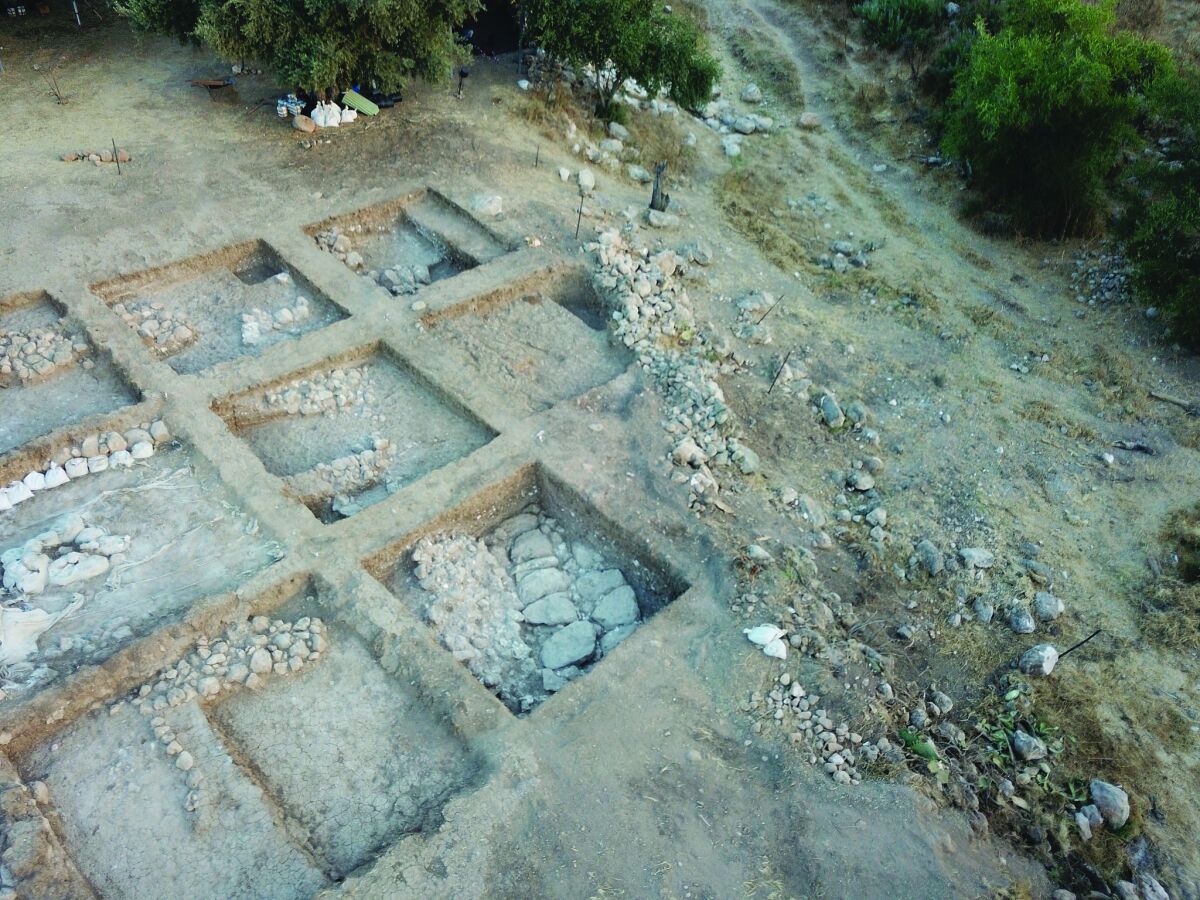Biblical Battle of Gath Verified Through Magnetism
In October 2023, PLOS ONE published scientific research confirming the biblical account of the conquest of Gath (Tell es-Safi) by Hazael, king of Aram. The study has been drawing increasing interest thanks to recent reporting.

“Then Hazael king of Aram went up, and fought against Gath, and took it …” (2 Kings 12:18). This event is generally dated to around 830 b.c.e. However, a previous research paper had cast doubt on the biblical account and dates, claiming that the particular structures of this period at Gath did not burn down, but rather collapsed over a period of decades. The paper justified this position by claiming that the in-situ bricks were fired in a kiln. Additionally, it had been suggested that the particular structure analyzed was only in the vicinity of later destruction, and that no conflagration occurred within it.
However, new scientific research is settling the dispute.
For the 2023 report, the researchers utilized the groundbreaking method of analyzing the Earth’s magnetic signature imprinted on brick and pottery. The Earth has a fluctuating magnetic field. When brick or pottery is fired, it captures a recording of the Earth’s geomagnetic field at the time of firing. This applies to ceramics that are fired in a kiln or during a conflagration event. (Read more about the specifics of geomagnetism here.)
The recent study of bricks from Tell es-Safi (biblical Gath)—performed by Dr. Yoav Vaknin, Prof. Ron Shaar, Prof. Oded Lipschits, Dr. Adi Eliyahu Behar, Prof. Aren M. Maeir and Prof. Erez Ben-Yosef—went beyond just determining their magnetic signature. Using a revised method, they were able to determine more precise temperatures at which the bricks were fired. They did this by heating the bricks until the magnetic signature was lost—thus determining the temperature at which the signature was created. This innovative method goes further than just determining whether ceramics had been fired; it can help determine the scale of events.

According to the lead researcher Dr. Vaknin:
Our findings signify that the bricks burned and cooled down in situ, right where they were found, namely in a conflagration in the structure itself, which collapsed within a few hours. Had the bricks been fired in a kiln and then laid in the wall, their magnetic orientations would have been random. Moreover, had the structure collapsed over time, not in a single fire event, the collapsed debris would have displayed random magnetic orientations.
Instead, the findings showed that the bricks and debris all bore a magnetic signature pointing in the same direction, attesting to their collapse and cooling in situ. Vaknin concluded: “We believe that the main reason for our colleagues’ mistaken interpretation was their inability to identify burning at temperatures below 500 degrees Celsius.”
The ancient city of Gath did indeed suffer a swift, major destructive event, just as the Bible describes. Professor Maeir, chief excavator of Gath, summarized: “[O]ur findings are very important for deciphering the intensity of the fire and scope of destruction at Gath, the largest and most powerful city in the land of Israel at the time, as well as understanding the building methods prevailing in that era.”
This new and remarkable field of research—archaeomagnetism—is opening up new avenues for other much-debated archaeological questions to be settled—perhaps as swiftly and conclusively as Gath was destroyed.